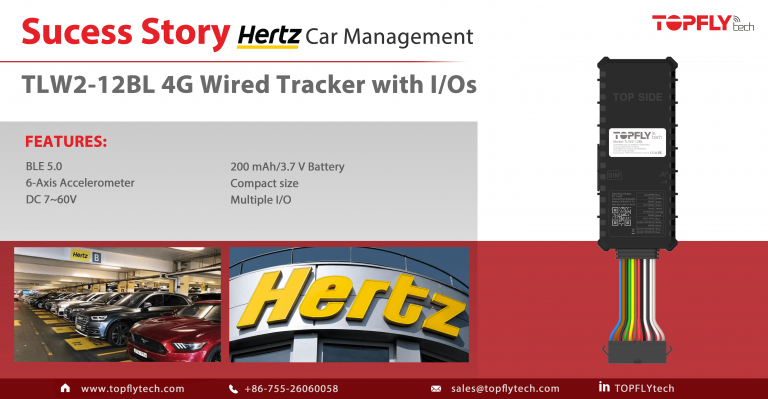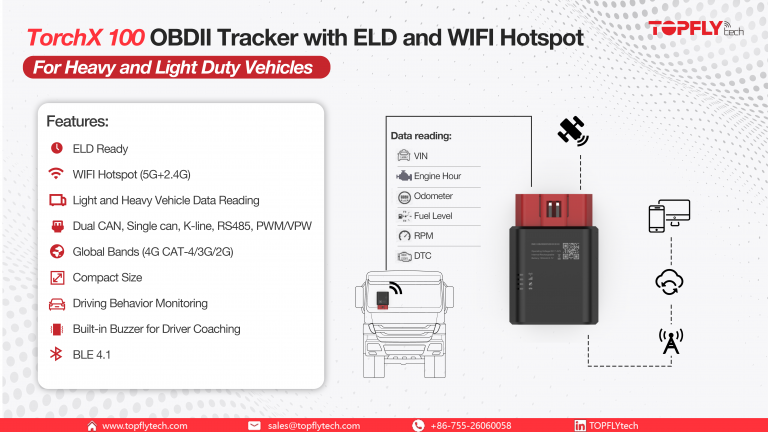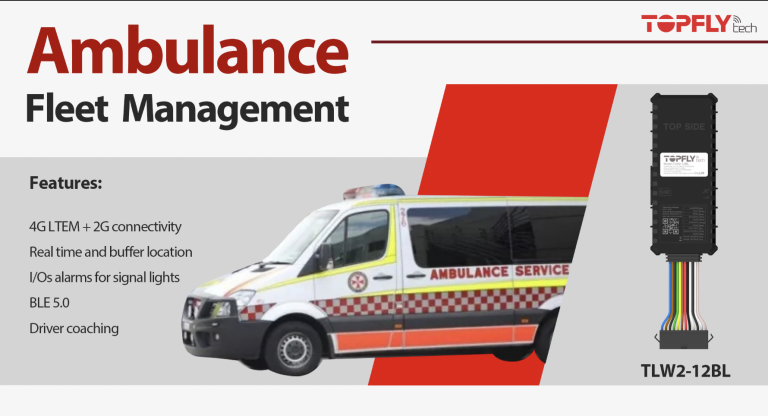
For non-powered asset tracking, battery powered tracker and solar powered tracker are most popular and needed. As an experienced developer of both types of trackers, we must admit that they are designed for different scenario and needs. Both types are irreplaceable by each other and there are pros and cons. Today let’s explore some insightful information of our Solar Asset Trackers.
-Advantages of the TLP Series Solar Tracker-
Limitless Battery:
As we know, the solar panel can provide sufficient power to keep the device running with real time location updates. This makes sure that the battery does not have to be physically recharged at all. With a suitable reporting interval depending on your local climate, the battery will stay at a healthy level for years. In fact, sometimes the solar panel receives too much power from solar and the battery is already fully charged, that’s when our algorithm comes in to manage it.
Real Time Location Updates:
With solar charging, the trackers are capable of updating locations at a much more frequent rate than battery trackers. We recommend having the devices to report every 60s while moving in the Americas and Australia, as well as in other markets with similar level of suns. It can be adjusted according to your local climate to keep the device always running. The internal battery is large enough to provide power if there’s no line of sight to the sun for months.
-Difficulties We Have Overcome-
Weatherproof Ability:
Outdoor trackers require more advanced design. Solar tracker is even more so comparing to battery tracker. Because there are seams around the solar panel which can be a potential leak if it’s not strong enough to resist the changeable weather.
Charging Rate VS Discharging Rate:
To find the balance of the variable battery consumption rate and solar panel charging rate. You don’t want it charging to much damaging the battery, neither lack of charging so battery goes flat. It requires in-depth understanding and expertise in battery. This is also the main factor of reducing the battery life if the balance is not handled precisely and correctly.
Selection of Solar Panel:
The latest technology and the selection of the type of solar panel plays an important role in the product performance. We have tested many different solar panels internally and in markets with different climates and decided to go with the Monocrystalline Solar Panel, which is the most efficient commercial solar cells, usually 18-22% efficient. It can get as much light as possible converted to energy to keep the battery full, so that it can sustain 1-minute GPS fixes over the life of the product.
Reducing the TCO (Total Cost of Ownership):
Thanks to our supply chain management and manufacturing in Shenzhen China, our TLP series solar trackers are in the same price range as most of reliable mainstream battery trackers in the market, and much more reasonably priced than other solar trackers. Giving the real time update and no maintenance needed, it reduces the TCO. Our Ternary Lithium Battery and the management of charging & discharging rate largely extend the life of rechargeable battery, so it doesn’t have to be replaced in its product life.
-Conclusion-
They are exceptional features of solar trackers comparing to battery trackers that are needed by the market, such as real time update of non-powered trackers. At a similar cost as battery tracker, this would be very attracting to the users.
After deploying our first solar tracker to the market in 2019, it’s improved in many aspects over the years. We’ve been dedicated to bettering the products with the experience and feedbacks from the market over the last 2 years. It would take any developer tremendous amount of effort and investments to produce a mature and stable solar tracker. Now we are proud to say that they deliver beyond your expectation.


